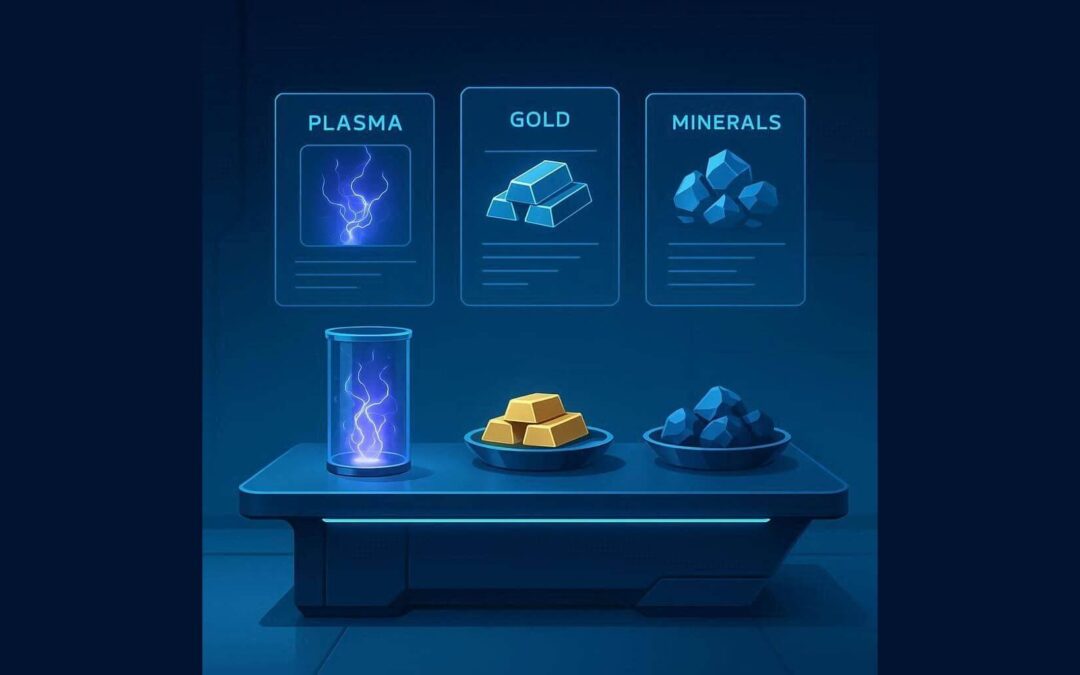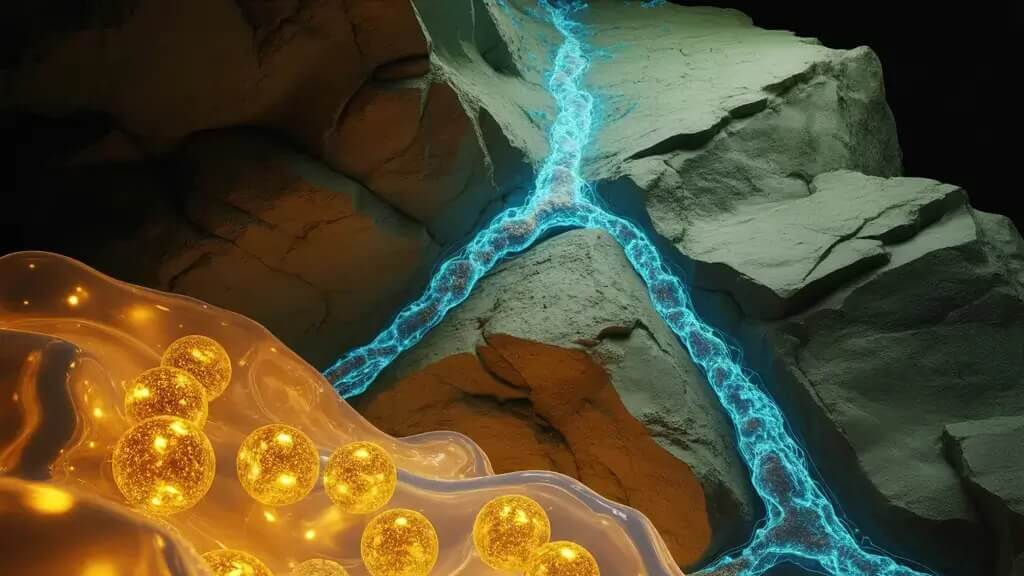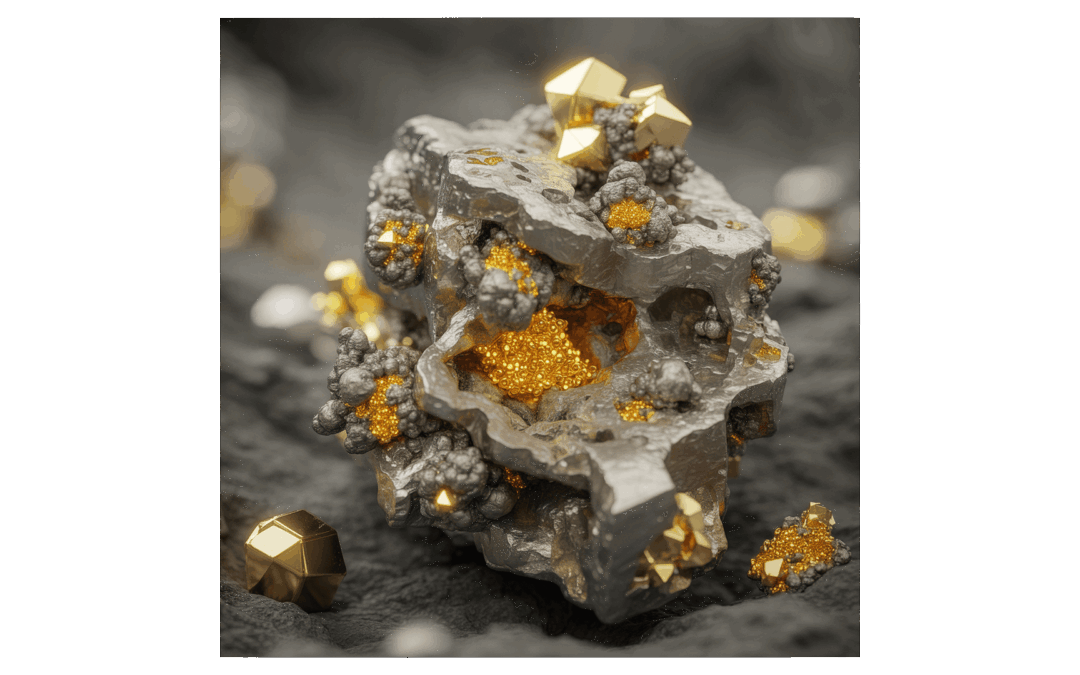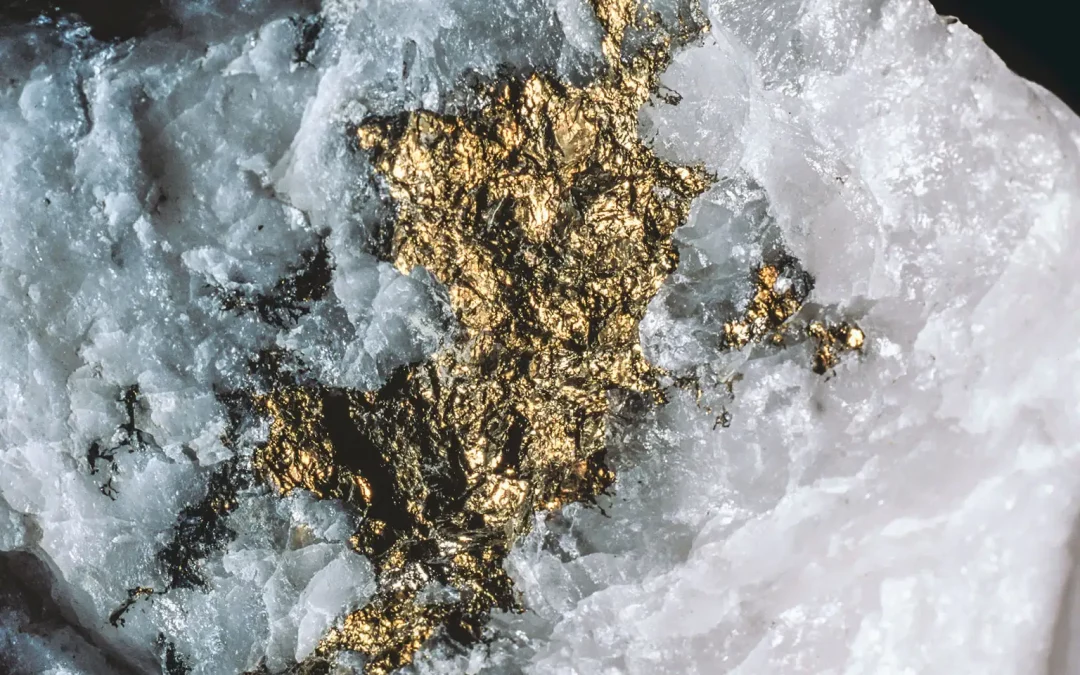
by IPRI.Tech | 29 August, 2025 | Encapsulation, Nanogold(TM), Nanometal(TM)
Introduction At IPRI.Tech, the International Plasma Research Institute, we are pioneering a transformative approach in mineral processing through our proprietary Ultra High Temperature Pyrometallurgical™ (UHTP™) technologies. Our flagship processes, Plasma Assisted...

by IPRI.Tech | 15 August, 2025 | Encapsulation, Nanogold(TM)
1. Origins and Formation Amorphous gold is a distinctive form of gold mineralisation characterised by the presence of nanoscale gold particles that lack a well-defined crystalline structure. These particles exist in a disordered, non-crystalline, or colloidal state,...

by IPRI.Tech | 7 July, 2025 | Encapsulation, Nanogold(TM), Nanometal(TM)
Artisanal and small-scale mining (ASM) plays a vital role in the livelihoods of millions worldwide, especially in developing countries. However, the widespread use of mercury in small-scale gold mining has caused severe environmental pollution and health hazards....

by IPRI.Tech | 28 June, 2025 | Encapsulation, Nanogold(TM), Nanometal(TM)
The mining industry is increasingly encountering challenges as the supply of easily accessible, high-grade gold deposits diminishes. Many of today’s economically viable deposits contain precious metals in forms that are difficult to detect and extract. Among these,...

by IPRI.Tech | 20 January, 2025 | Encapsulation, Nanogold(TM)
Geologists often face significant challenges when it comes to the recovery of gold from refractory ores. These ores, which contain gold particles locked within sulphide minerals or organic carbon, typically yield lower recovery rates using traditional methods like...

by IPRI.Tech | 10 January, 2025 | Encapsulation, Nanogold(TM)
⚒️ 🪙 ⚒️ 🪙 ⚒️ 🪙 ⚒️ 🪙 ⚒️ 🪙 ⚒️ 🪙 ⚒️ 🪙 ⚒️ 🪙 ⚒️ 🪙⚒️ 🪙 ⚒️ 🪙 ⚒️ As the gold mining industry faces a reserves crisis, refractory gold ores are emerging as a key source of growth. Representing 24% of current gold reserves, these ores pose unique challenges but also offer...







